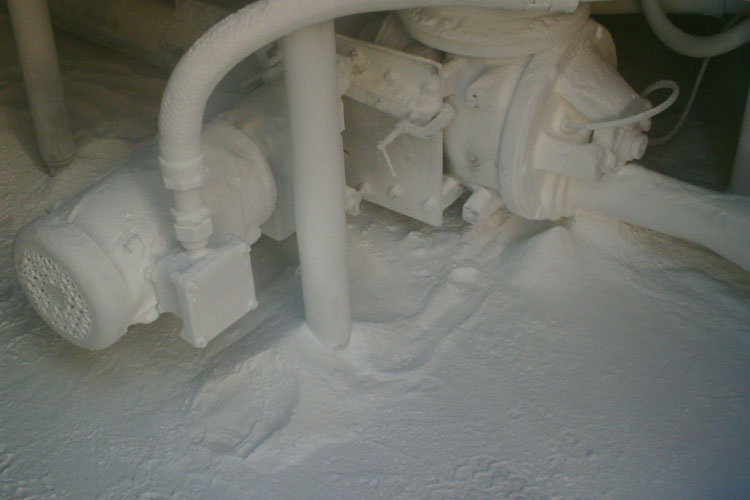In late 2017, OSHA sent out a new interim enforcement guidance for the new silica standard – and this rule was to stay in place until the complete compliance rules were available. This interim guidance does not take into account all parts of the new standard, but mainly focuses on housekeeping and talks about all the grey areas about implementation like whether sweeping is permissible for suppressing dust.
Housekeeping Practices (Paragraph F)
This paragraph forbids cleaning methods such as dry brushing and dry sweeping. These activities can expose workers to respirable crystalline silica, unless when wet sweeping, using an approved vacuum cleaner or other methods that cut the risk of exposure. According to this paragraph, the employee is responsible for showing that the other methods for cleaning are not practical.
Sweeping compounds such as wax, non-grit or oil-based are acceptable for suppressing dust during housekeeping.
Using compressed air for cleaning is only allowed when used with a ventilation system that cleans up the dust created by the compressed air, or where no other housekeeping method is feasible.
The dust control plan by the company must include all housekeeping measures.
This interim guidance from OSHA also addressed exposure checks, control plans, air sampling, written exposure and hazard communication. The full guidance is available on OSHA’s website.













